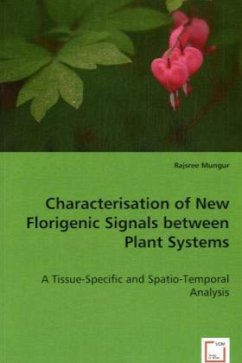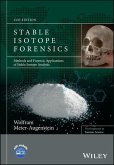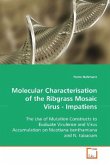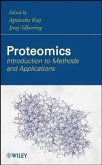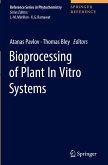Great strides have been made as far as uncovering molecular events underlying the physiological responses plants utilise to decide when to flower. Once environmental cues and internal plant developmental parameters are deemed favourable, a floral stimulus is generated in leaves, as postulated by the florigen hypothesis. This signal is transported through the vasculature to trigger the switch to floral development at the uppermost tip of the plant, the shoot apex. This book evaluates metabolites as new florigenic candidates, focusing on the expression of transcripts to synchronise events occurring in two induction systems in Arabidopsis thaliana. Sinapis alba (white mustard) was used in parallel to investigate whether the flower-inducing signal is conserved among plant species. Last, oilseed rape (Brassica napus) plants permitted a more targeted analysis using an antibody against FT (Flowering Locus T) during different plant developmental stages. The optimised methods employed aswell as the unexpected results observed will prove valuable to learning audiences and professionals both in academic and non-academic research fields with an interest in developmental signalling events.
Bitte wählen Sie Ihr Anliegen aus.
Rechnungen
Retourenschein anfordern
Bestellstatus
Storno

